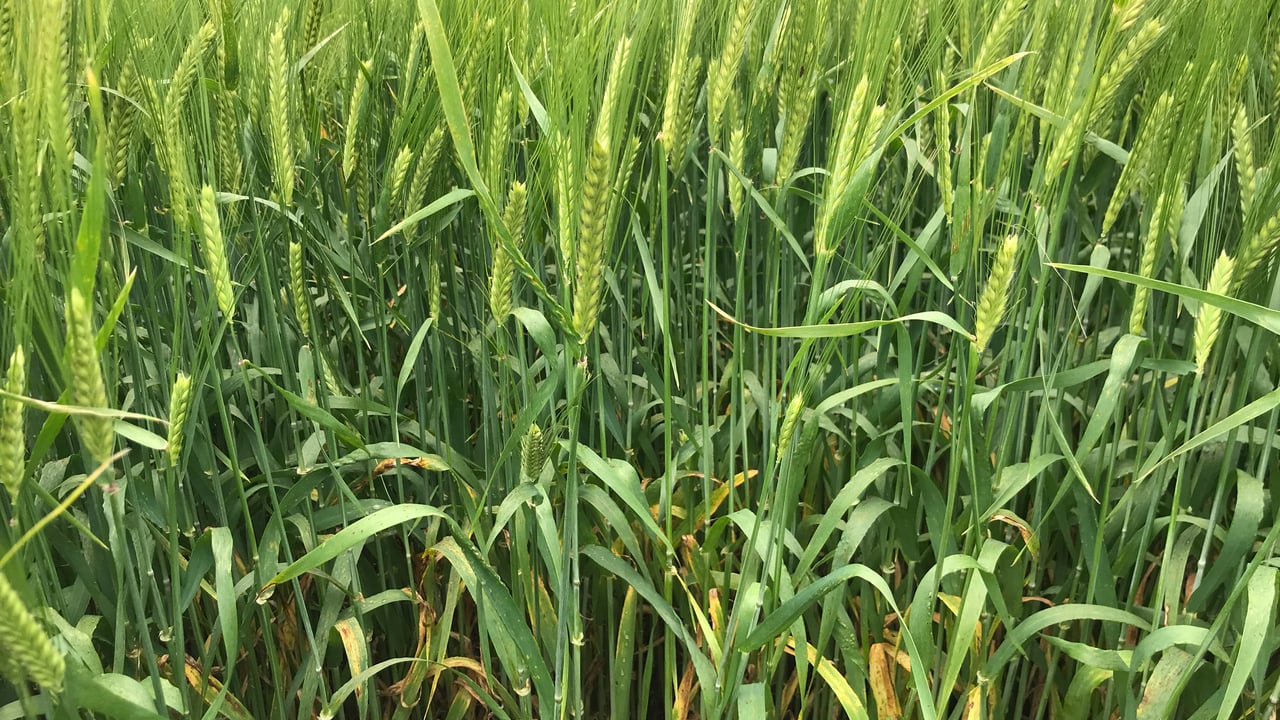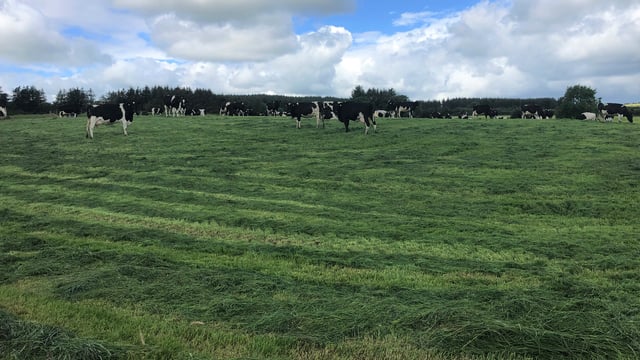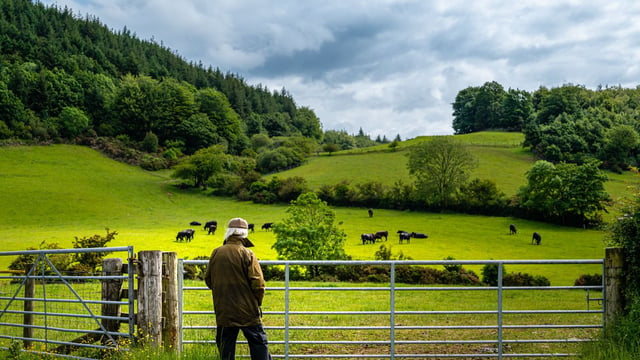Tillage: Disease control strategies for spring barley
Pushing ahead with the correct disease control strategies for spring barley will be a priority for tillage farmers over the coming weeks.
With these crops rocketing through their growth stages at the present time, Teagasc is strongly urging growers to consult the Department of Agriculture trials data on the various varieties as the starting point in this process.
Such an approach allows growers to identify the inherent disease potential of the crops they have planted out.
Varieties with a strong disease package include: Geraldine; Gretchen; Mermaid; Spinner; and Rockway; with SY Amity a little further back.
RGT Planet stands out because it is now quite susceptible to both rhynchosporium and net blotch.
Currently, the varieties with good disease resistance are free from disease, whereas Planet - particularly in a rotation following spring barley - is quite dirty with net blotch and some rhynchosporium.
The head of Teagasc’s ‘Crops Knowledge Transfer’ department, Michael Hennessy, said:
“As many crops may be only about two weeks until the flag leaf is visible, and this is close to the final fungicide application timing, there is a reasonable argument to monitor disease in the cleaner varieties and delay the first fungicide application if disease does not develop.
“This decision may be easier if the weather stays dry over the next couple of weeks. In this scenario, one fungicide application targeted at Ramularia may suffice.”
Trials in Teagasc Oak Park indicate Revystar (plus Folpet) is one of the strongest products against Ramularia and, in terms of yield, Prothioconazole (Proline) plus a strob (plus Folpet) is a close second.
There is also potential to source generic products, which may represent value for money
For those growers with Planet, there is little choice other than to apply a fungicide as soon as the weather allows or at the start of stem extension.
It's advisable to use a reasonable rate of Prothioconazole (Proline) plus pyraclostrobin (Comet or generic form), as both of these are needed to control rhynchosporium and net blotch in crops.
Hennessy said: “A follow-up fungicide treatment at awns peeping will be necessary on these crops, again with Ramularia the main target.”
Meanwhile, the weather looks set to be cooler over the coming days with the threat of showers, particularly in the north-west.
Strengthening breezes will also feature throughout the coming days.
However, there is a chance it'll become mainly dry later in the weekend and during early next week, with high pressure playing a more dominant role.





